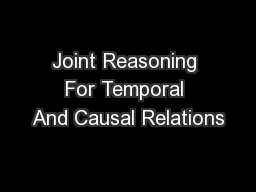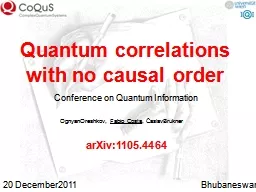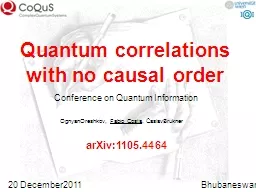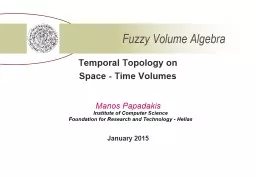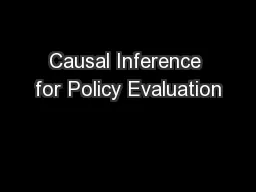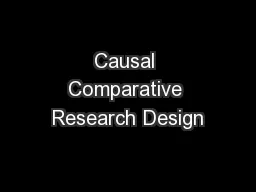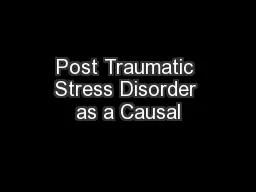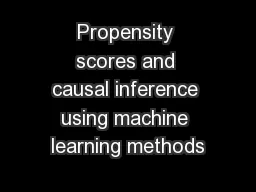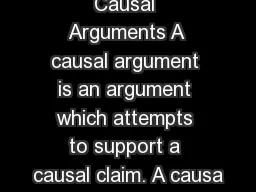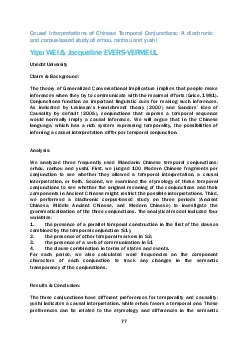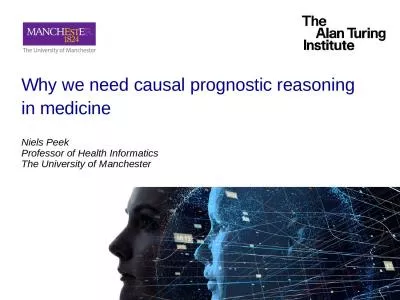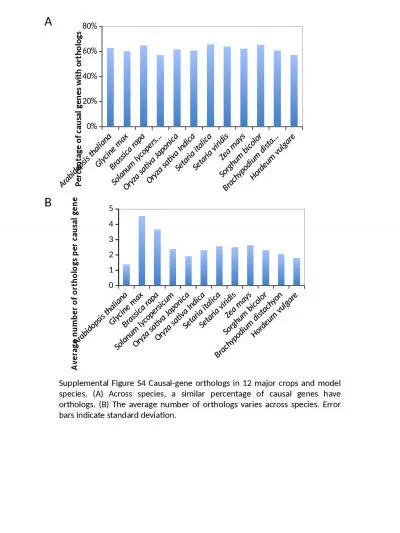PPT-Joint Reasoning For Temporal And Causal Relations
Author : hysicser | Published Date : 2020-06-16
Qiang Ning Zhili Feng Hao Wu Dan Roth 07182018 University of Illinois UrbanaChampaign amp University of Pennsylvania Time is Important Understanding
Presentation Embed Code
Download Presentation
Download Presentation The PPT/PDF document "Joint Reasoning For Temporal And Causal ..." is the property of its rightful owner. Permission is granted to download and print the materials on this website for personal, non-commercial use only, and to display it on your personal computer provided you do not modify the materials and that you retain all copyright notices contained in the materials. By downloading content from our website, you accept the terms of this agreement.
Joint Reasoning For Temporal And Causal Relations: Transcript
Download Rules Of Document
"Joint Reasoning For Temporal And Causal Relations"The content belongs to its owner. You may download and print it for personal use, without modification, and keep all copyright notices. By downloading, you agree to these terms.
Related Documents

